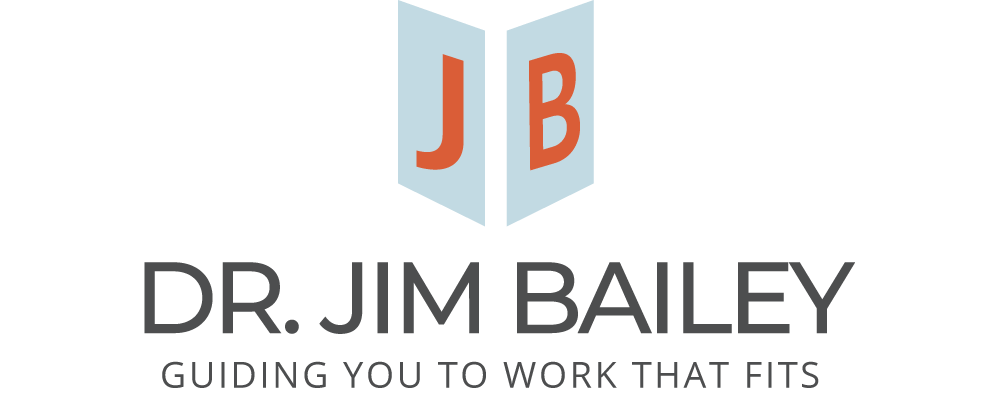Want More Capacity for Living? Build in Light to Move Toward
This is the time of the year when families are busy attending concerts, award ceremonies, graduations, and the beginning of the summer wedding season. These events are opportunities to celebrate the milestones of life together and share the hope of good things to come. They can also be times we’re overwhelmed by our schedules, emptying our bank accounts, and finding ourselves emotionally stretched beyond our limits. It’s a mixed bag.
In recent years some of my friends and clients have shared that upcoming life events and milestones are often tainted by fear and the uncertainties about the future. I sometimes get the feeling we’ve lost something in the first quarter of the twenty-first century – our Capacity for Living. The author John Eldredge describes a Capacity for Living as “a deep intentionality we have as human beings to aspire towards those things that bring us life”.
I think it’s the loss of aspiration that sucks the Capacity for Living out of many of us. Instead of envisioning and making plans toward a future that gives us hope of good things to come, we find ourselves awash in a sea of concerns and worries about what might be. A share characteristic in the young people with whom I work is their general anxiety about their future. My clients often see storm clouds on every horizon of their lives, but it’s not their fault.
Young people today have been inundated with messages of fear much of their lives. Talk of climate change, the global pandemic, social discord, threats of rejection and unacceptance, and images of anger and violence are the stew they’ve swam in since birth. Chronic disappointment in our real lives chokes our ability to find joy in what we have and tells us future possibilities are few.
I think that’s why so many students loved Jeremiah 29:11 when I led a campus ministry. That verse speaks of God’s plans to give us a future and a hope. When you believe you can’t or shouldn’t make plans about your future, and failures or disappointments strangle your ability to hope, then your capacity for living atrophies. Your capacity for living requires care and feeding – nurturing.
Making time for beauty and nature, pausing and being in quiet long enough for the urgencies in your head and heart to quiet down, and limiting screen time are good starts, but the restoration of your capacity for living may require a total restructuring your inner life.
For years I’ve remodeled our home and yard, relying on the insights of architectural masters of form and function. These people speak about shaping the spaces of our lives for the way we really live or want to live. As a result, I’ve rebuilt the interior (and exterior) spaces of our home to allow people to gather comfortably, starting in our kitchen (the heart of any home) and spilling out into the adjoining spaces for meals and conversation. The greatest change I’ve made often goes unnoticed – “light to move toward”.
Architect Suzanne Susanka taught me this guiding principle for human spaces – people are drawn to light. Over time I’ve built in sightlines toward light from every entrance, exit, and location in the house. I’ve blurred the distinction between rooms, indoor and outdoor spaces, and even put a mirror on the door to the garage to give the impression of light coming from the space beyond.
We were created to move toward light, literally and figuratively. Our capacity for living is connected to our ability to aspire for good things – “light” – to plan for them, work toward them, take hold of them, and to enjoy them. Then begin the process all over again. If you find your capacity for living isn’t what it once was or never has been what it needs to be, then maybe it’s time to build in some light to move toward.
First, take stock of what is. Note the “good bones” of your life (the structural strengths, and possibilities) that you only notice when you take time to be grateful for what you have. Gratitude changes how we perceive our present circumstances and reorients us to our future possibilities.
Second, think deeply about what you really want. Yesterday I heard the story of a man who bought a sports car amid going through a divorce. On reflection, he realized what he was really seeking was distraction from his pain, a sense of control and power over his circumstances, and acceptance and admiration from his friends. The things to which we aspire are always driven by a deeper, more meaningful “why”. It’s often important to dive below “what” we want to understand “why” we want it.
Third, make a plan to get you to the things aspire, then work the plan. Envisioning a future or establishing a step-by-step plan may not be a part of your gifting or strengths, so you may need to seek the help of a guide – someone better equipped and less emotionally invested – is often your best first step. Seeking help isn’t a sign of weakness, it’s evidence of wisdom.
Your capacity for living is something that requires attention to grow and sustain. Start by finding, and moving toward, a point of light that’s meaningful for you.

